Yes, he is. There is no truth to the statement some make that Venerable Geshe Kelsang Gyatso is not a real, but fake or self-proclaimed, Geshe.
Geshe, literally “Virtuous Friend”, is a title given to those who successfully complete a prescribed course of study, usually at a Gelugpa monastery. In an account of his life, Geshe Kelsang explains:
My real situation is that in Tibet I studied the Geshe training for many years in my local monastery called Jampa Ling and Tashi Lhunpo University and passed two exams. One exam was memorization and the other was the actual exam. Soon after that, people publicly called me “Geshe”.
Later in Tibet I joined Sera Je Monastery and further studied the Geshe training. In India, I mainly emphasized meditation retreat. When I was living in a high mountain called Dalhousie, I received a letter from Sera Je Monastery. The letter encouraged me to go to Sera for an exam. Since I heard that the exam method or system had been re-created, I did not accept this new system.
However, in 1973 I had my Geshe ceremony in Sera Je Monastery, making numerous offerings to thousands of monks; and received a special traditional khatag (white scarf) to indicate that I am a Geshe.
Generally, recognition from the Dalai Lama is not required to become a true Geshe. Before the Dalai Lamas, many pure true Geshes have appeared such as Geshe Potowa, Geshe Jayulwa, Geshe Langri Tangpa, Geshe Sharawa, Geshe Chekawa and so on. These Kadampa Geshes have no connection with the Dalai Lama. I have no connection with the Dalai Lama but I still believe I am a Geshe.
Please give a copy of this information to people who ask for it. Thank you.
In the colophon to Geshe Kelsang’s long life prayer written by Kyabje Trijang Rinpoche, Geshe Kelsang’s Spiritual Guide and the Junior Tutor to the Dalai Lama, he says:
This short prayer for the long life of the Tsangpa Geshe, Kelsang Gyatso, of Sera Je, who is endowed with great learning and pure and immaculate conduct, was composed by Yongdzin Trijang Dorjechang at the request of the Manjushri Centre community, England.
In the preface to Geshe Kelsang’s book Meaningful to Behold, Trijang Rinpoche also says:
The excellent expositor, the great Spiritual Master Kelsang Gyatso, who studied myriad Buddhist scriptures at the famous Je College of the great monastic university of Sera Tegchen Ling, practiced the meaning of the teachings he received and became a wise, serious, and accomplished Master.
In his foreword to Geshe Kelsang’s book Clear Light of Bliss, Yongdzin Ling Rinpoche says:
I am very happy to learn that Venerable Geshe Kelsang Gyatso has given extensive teachings on Secret Mantra based on Protector Manjushri Je Tsongkhapa’s great treatises and on other authentic commentaries on Mahamudra, including the first Panchen Lama’s root text.
Both Yongdzin Ling Rinpoche and Vajradhara Trijang Rinpoche are lineage holders of the Gelugpa tradition and widely revered by all contemporary Gelugpa Lamas.
In his preface to Geshe Kelsang’s Buddhism in the Tibetan Tradition, published by Routledge and Kegan Paul in 1984, the 14th Dalai Lama addresses Geshe Kelsang Gyatso by his correct title:
Very often people who are interested in studying Tibetan Buddhism are dissuaded from doing so because they cannot always find books that are written in a way that they can easily follow. This is particularly true for people who have to spend most of their lives making a living, the stress and strain of which leaves them little time for anything else. At the same time, our present life style does not help to solve our problems, and in fact, the only sensible way to live a life less tense life seems to be by developing our mental and spiritual capabilities. I am, therefore, happy that Geshe Kelsang Gyatso has attempted to present the basic teachings of Lord Buddha in a manner that people can relate to and put into practice in their daily lives. I would like to thank the translator and editors for their efforts. H.H. The Dalai Lama (Seal)
Some Background to the Process of Awarding the Geshe Title
Although Ven. Geshe Kelsang Gyatso completed his formal studies in the late 1950’s, he was only invited to complete his Geshe exam in the early 1970’s. One reason for this may have been that Sera only established a permanent base in India in 1971, at Bylakuppe, Mysore. (For the previous 12 years most of the monks were in a refugee camp at Buxa Duar in Bengal). More directly, it should also be noted that:
(Before 1959) each Gelug college awarded the Geshe Tsogrampa degree to only two candidates each year. There was a huge backlog of candidates, and many had to wait a large number of years (before receiving the Geshe degree).
Later, when the monasteries were re-established in exile during the 1960’s/early 70’s, changes were made to make it possible for many Geshe degrees to be awarded each year. Additionally the method or system of exams was changed. Previously the “exam” of the 1959 Sera Je curriculum (which Ven. Geshe-la followed) was offered to just two selected monks per year and required them to:
present a formal debate against a Shartse Geshe before the general Ganden assembly and make a Geshe offering (dge-bshes gtong-sgo) there to all the monks.
Subsequently in India this system was changed, at some point in the 1960’s/early 70’s, to require:
(the monk to) pass each year a written exam (bri-rgyugs), a poetry composition exam (rtsom-bri), and a Tibetan culture and religious history exam (rgyal-rabs chos-byung).
These post-1959 changes appear to be what Ven. Geshe Kelsang “did not accept”. However, despite not accepting the new system, his invitation from Sera remained and in 1973 he made a “Geshe offering (dge-bshes gtong-sgo)” to all the monks at Sera, the purpose of which, according to the pre-1960 system, is unambiguous.
In summary, Geshe Kelsang completed his studies (pre-1960) under a system which at that time would have placed him in a “years’ long wait” to formally receive the Geshe qualification. During the following 10 years, however, changes were made to both remove the limit of only two Geshe awards per year and also to the content of the Geshe studies curriculum. Geshe Kelsang did not accept the exams of the new curriculum. Despite this, the invitation from Sera stood and the formal Geshe Offering ceremony (dge-bshes gtong-sgo) in 1973 was completed.
The above points, together with the common use by his contemporaries and teachers of the title “Geshe” when addressing him, clearly establish the context and background regarding Ven Geshe-la’s statement of his “real situation”. In addition to the teachers mentioned above addressing Geshe Kelsang by his correct title, in his 2012 autobiography, “Like a Waking Dream”, Geshe Lhundub Sopa also refers to Geshe Kelsang as a Geshe. In response to a request for two Tibetan teachers for a new Center in New Jersey (page 271):
I tried to select two of my best students and decided on Khensur Losang Tenzin and Geshe Kelsang Gyatso.
Geshe Sopa was the philosophy teacher of Geshe Kelsang and many of his contemporaries at Sera Monastery, including Lama Yeshe. He was also one of the main examiners for the Geshe exams. Geshe Sopa and Geshe Kelsang remained close until their deaths.
Perhaps relevant here, too, is the fact that Lama Yeshe, the Founder of the FPMT and teacher of Lama Zopa, never received his Geshe degree by choice although he had completed the Geshe training. He explained that this was because he felt it was not necessary to have the certificate. However, this is never held against him. He was even heard to make a joke about not wanting to be called “Geshe Yeshe.”
Information and quotes regarding the Geshe qualification process are extracted from here: The Gelug Monastic Education System by Tsenshap Serkong Rinpoche.
See also Was Ven Geshe Kelsang Gyatso expelled from his monastery?

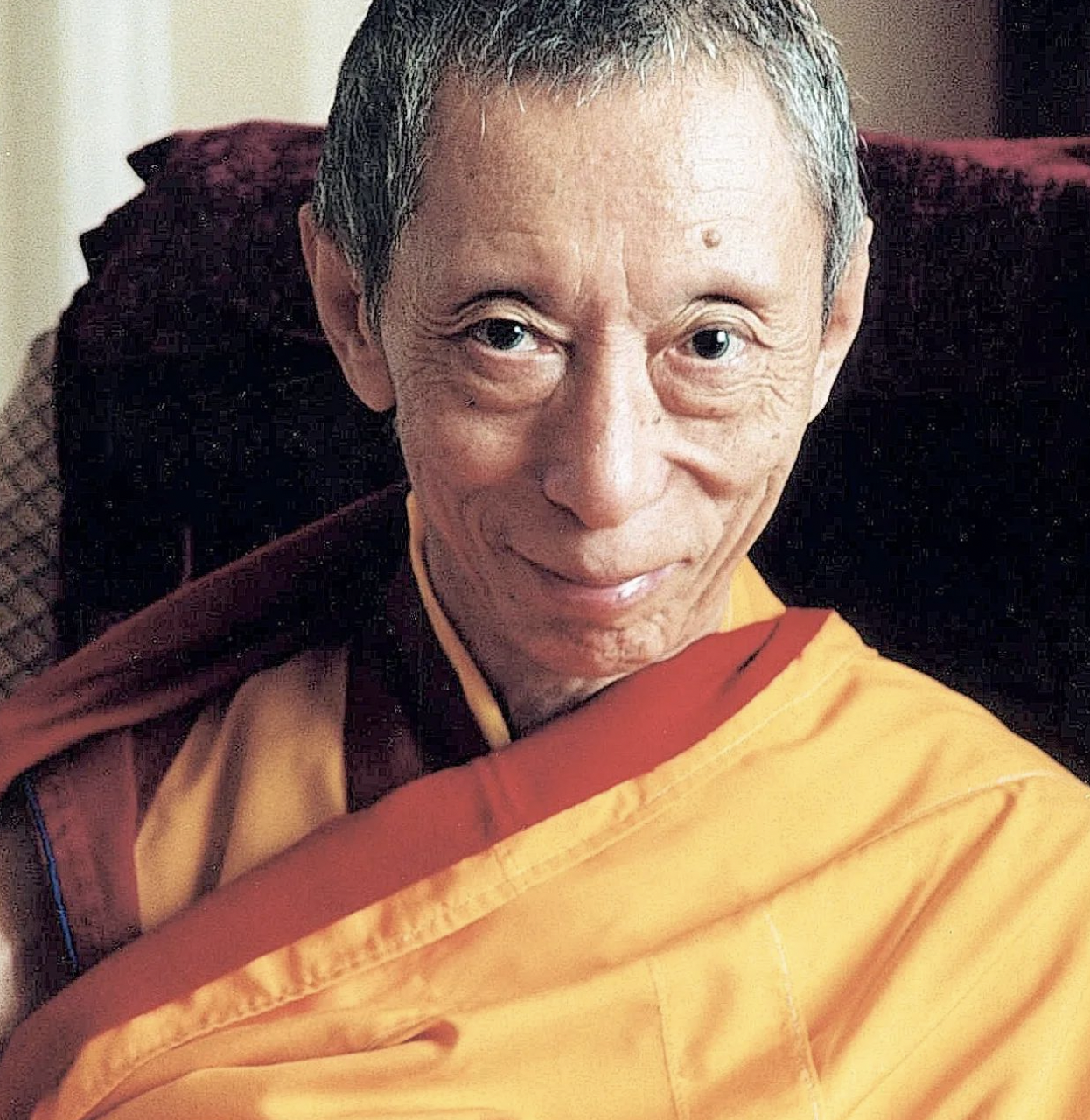
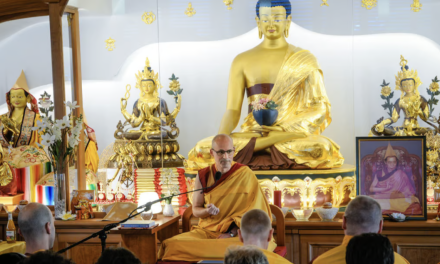
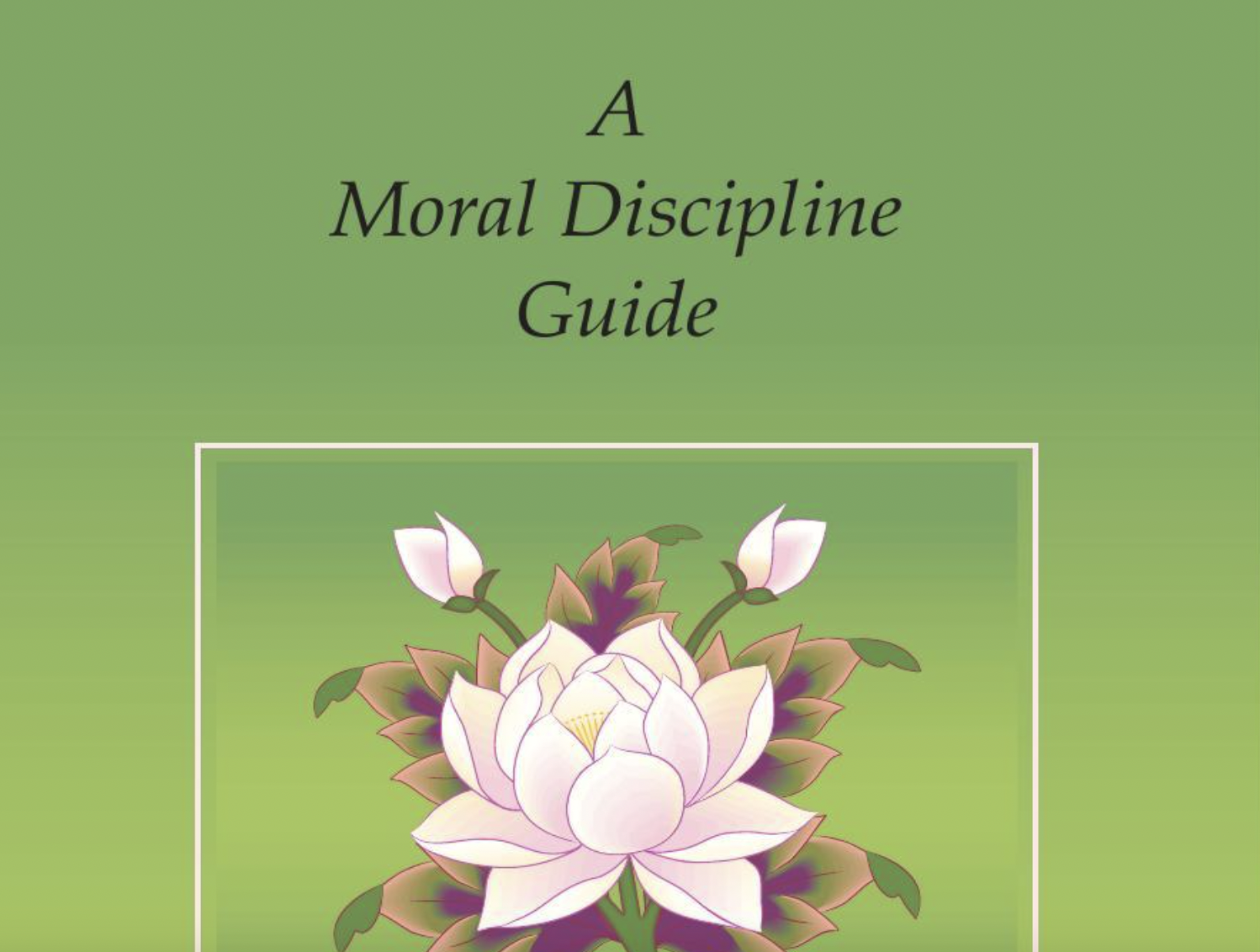
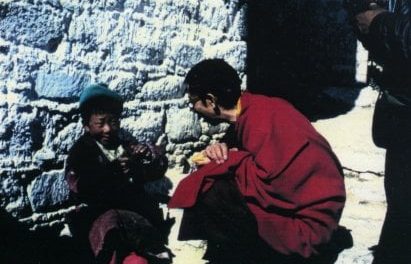
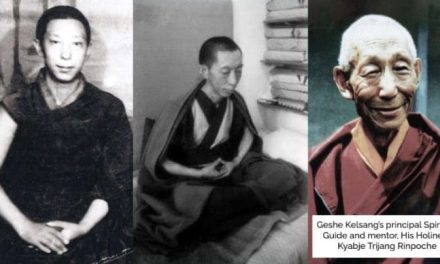
It deeply saddens me that anyone/any organization would write disparaging things about Venerable Geshe-la and accuse him of being fake. Once you have been around his teachings for a while it is almost impossible not to experience profound benefit from them and through this, gain confidence in their purity, and his purity … no one can argue with personal experience. For anyone seeking a deeper understanding of Buddhism, it is best to pick up one of his books or watch some of his videos on youtube and judge for yourself.
I’ve watched some his videos but his English was so bad that I could barely understand anything and I am a TESOL teacher!!😱 I’m sure people eventually got used to it. But how many people in the NKT today received ANY teachings from him? Not many. He hadn’t been seen for 13 years before he died. The Dalai Lama is 89 and he still travels around the world to give teachings. And no, he was not a Geshe. Its clear even from this article that he never actually sat the exam. The Geshe title is more than just a white scarf you need to pass the exam. I seem to understand that Kelsang Gyatso prepared for the exam but then chickened out and did’nt take it. Thats what’s actually written here. So why call him a geshe?
I think the Geshe articles have addressed everything you say here, Gabriella.
I guess whether we want to believe this or not comes down to how much we feel we have benefited from Venerable Geshe-la’s Buddhist teachings. For me, even though I found this tradition after he had retired, what he taught has helped me to become far happier and saner, and less anxious and angry. Just as advertised. I have watched videos and personally found that i got used to his accent pretty quickly — but who actually cares about what accent he had? Regardless of his accent he had a fluent vocabulary. His books are incredibly erudite and scholarly, no doubt that he studied extensively for decades to get that knowledge, and his experience as a meditating Yogi comes through on every page as well. What I love about it is how practical and doable he makes profound concepts. He was a Geshe alright, and more to the point he knew Buddhism inside out.
I think its worth noting that 10 years after the so-called “Expulsion” letter, the Gelug monasteries were forced to split. Tibetan Monks who continued to practice the lineage of Dorje Shugden passed down to them by the Gelug Lineage Holders including Je Phabongkha, Serkyong Rinpoche, Triajng Rinpoche, Zong Rinpoche etc, were forced to establish their own monasteries. Even the nominal head of the Gelug School, the 101st Ganden Tripa Jetsun Lungrik Namgyal showed great courage when, upon his retirement he left Gaden Monastery in January 2010 to join the monks of Shar Gaden.
All of these monasteries including Shar Gaden, Segyu, Phelgyeling and many more have shown great respect to Geshe-la since they became free to do so. This also shows that the letter was politically motivated.
Expressions of this respect from these temples and Tibetan masters includes requesting teachings from Geshe-la: which became the book The Oral Instructions of Mahamudra (which was first published in Tibetan); they also regularly offered long life prayers on his birthday, sent him offerings when he last taught (in Portugal 2013), and wish Kadampa students great success during NKT International festivals via Facebook. They also made prayers for Geshe-la’s swift return after he showed the manner of passing away. Additionally his books are studied in the centres of other Gelug teachers, such as Dagom Tensug Ling who for example read from Joyful Path during the ceremonies after the untimely death of their teacher Dagom Rinpoche.
All of these things show that free from political interference the masters, students and peers of Geshe Kelsang in the Tibetan community and institutions continue to express the same view, which was widely held before the Dalai Lama started to say that Dorje Shugden practitioners are not Buddhist, namely that Geshe Kelsang is a great and precious scholar and upholder of the Buddha’s teachings.